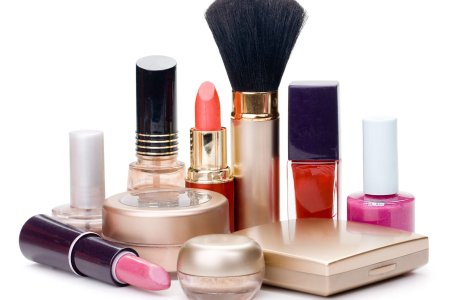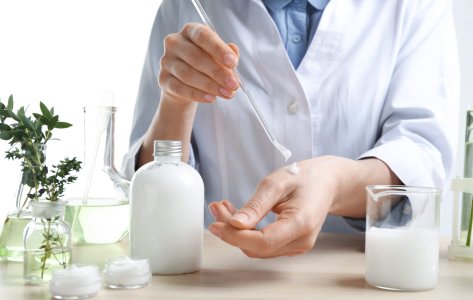- Swiss testing laboratory
ISO 17516

Hassle-free testing experience
Need to get a product tested? No worries! To and fro logistics are on us; we collect your products, test them and, deliver them back to you.
Related tests for you
Quick understanding of the test
ISO 17516 - Assessment of the Microbiological Quality of Cosmetic Products
Application
Mandatory test strains
- Depends on the ISO standard test methods used to assess product compliance.
Methodology
ISO 17516 establishes microbiological limits for cosmetics to ensure that, while not required to be sterile, the microorganisms present do not compromise consumer safety or product quality during normal use. Several international standards can be used to perform a comprehensive microbiological risk assessment of cosmetic products. Some standard test methods include:
ISO 21149: Detection and enumeration of aerobic mesophilic bacteria.
ISO 16212: Determination of the total amount of yeasts and molds in cosmetics.
USP 61: Microbial Enumeration Test
ISO 11930: Preservative Efficacy Test
Aerobic plate count: Estimation of Mesophilic Aerobic Bacteria
- By setting strict microbiological limits, ISO 17516 helps ensure that cosmetics are free from harmful microorganisms, thereby safeguarding consumer health.
- Adherence to ISO 17516 helps cosmetic manufacturers meet regulatory requirements in various markets, facilitating smoother international trade.
Passing criteria
- The standard necessitates the absence of Escherichia coli, Pseudomonas aeruginosa, Staphylococcus aureus, and Candida albicans.
- For products designed for infants (used under the eye area or mucous membranes): <200 CFU/ml
- For other products: <2000 CFU/ml.
Do you have a product that needs testing?
Abstract
ISO 17516, established by the International Organization for Standardization or ISO, describes strict acceptable levels of microorganisms in cosmetic products and the complete absence of specified microorganisms.
The use of contaminated products can cause severe infections or irritation, especially when these products are applied around sensitive areas. Thus, this standard sets clear limits on the acceptable limits of microorganisms that can be present in cosmetic products without endangering consumers’ health.
The microbial limits apply to all cosmetics products, ranging from products meant for adult use to those used for children below three years of age. However, it also stipulates that other low-risk cosmetics products need not be regularly tested for microbial contamination.
ISO 17516 guidelines
Cosmetics and their ingredients don’t need to be sterile, but any microorganisms in the product must not harm consumer safety or product quality during normal use. To ensure this, specific microbiological limits are set for finished cosmetic products.
Several international standards can be used to perform a comprehensive microbiological risk assessment of cosmetic products. Some standard test methods include:
ISO 21149: Detection and enumeration of aerobic mesophilic bacteria.
ISO 16212: Determination of the total amount of yeasts and molds in cosmetics.
USP 61: Microbial Enumeration Test
ISO 11930: Preservative Efficacy Test
Aerobic plate count: Estimation of Mesophilic Aerobic Bacteria
Microbiological Limits for Cosmetics
The acceptable microbiological limit for general cosmetic products is less than or equal to 1 × 10³ colony-forming units (CFU) per gram or milliliter of the product. However, for products used on infants, the limitation is stricter and should be less than or equal to 1 × 10² CFU per gram or milliliter.
Additionally, all cosmetic products must be completely free of Escherichia coli, Staphylococcus aureus, Pseudomonas aeruginosa, and Candida albicans.
Since the plate count method might show variability, the microbial limits set by the USP 61 standard can also be considered to interpret results. According to USP 61,
- For products designed for infants (used under the eye area or mucous membranes): <200 CFU/ml
- For other products: <2000 CFU/ml.
These microbial limits help set the benchmark for testing laboratories, thus ensuring accuracy and reliability in results.
Importance of ISO 17516 test
ISO 17516:2014 is important because it safeguards consumer health by setting microbiological limits for cosmetics, ensuring products are free from harmful microorganisms. Additionally, by setting clear microbiological limits for cosmetic products, the standard helps maintain product quality.
At Microbe Investigations Switzerland (MIS), we offer expert microbiological testing services to assess if your cosmetic products meet the microbiological limits set by ISO 17516:2014. Ensure safety, quality, and compliance with our reliable testing solutions. Contact us today to learn more about our microbiology testing services!
Frequently Asked Questions

DR. Martinoz Scholtz
ISO 17516 is the standard which provides the acceptable limits of total number of aerobic mesophilic microorganisms and also requires that specified pathogenic organisms like Escherichia coli, Pseudomonas aeruginosa, Staphylococcus aureus, and Candida albicans are completely absent in cosmetics.
The test applies to all types of cosmetic products such as creams and lotions, shampoos, and makeup applied to high-risk areas, including the eyes or mucous membranes, as well as to infants under three years of age.
Meet the best of the blend of
R&D, Efficacy Testing,
Innovation and Passionate
Experts at MIS.


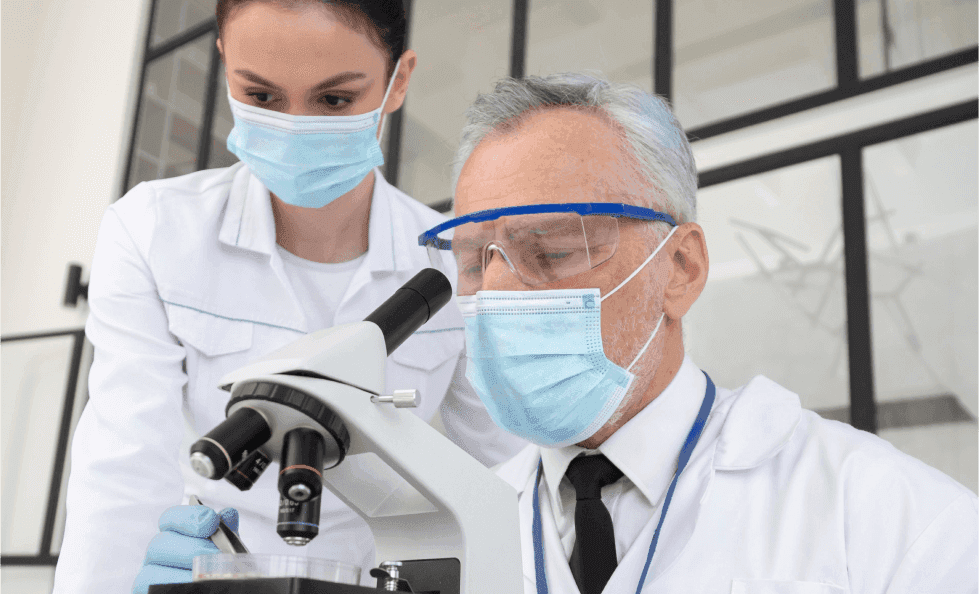
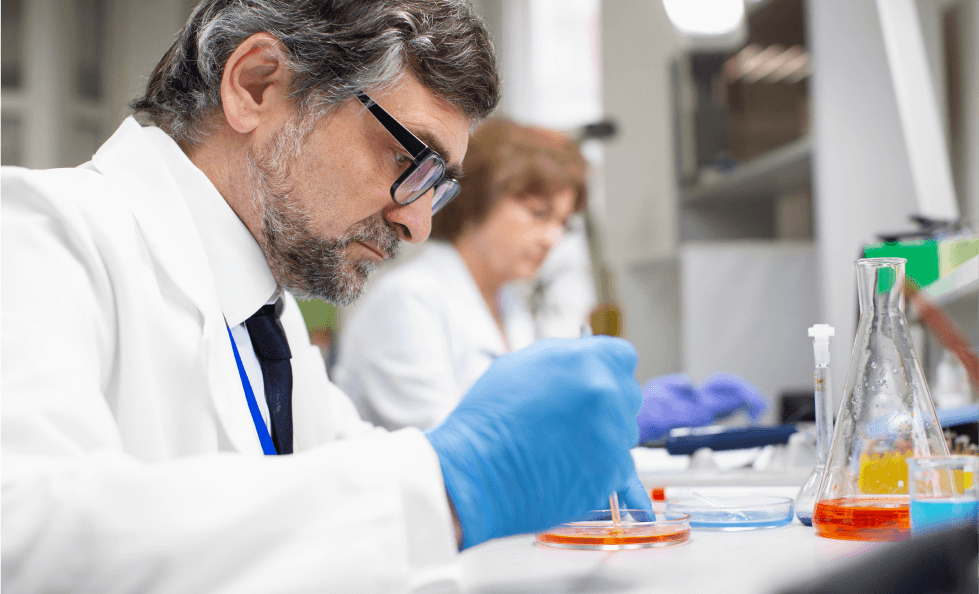
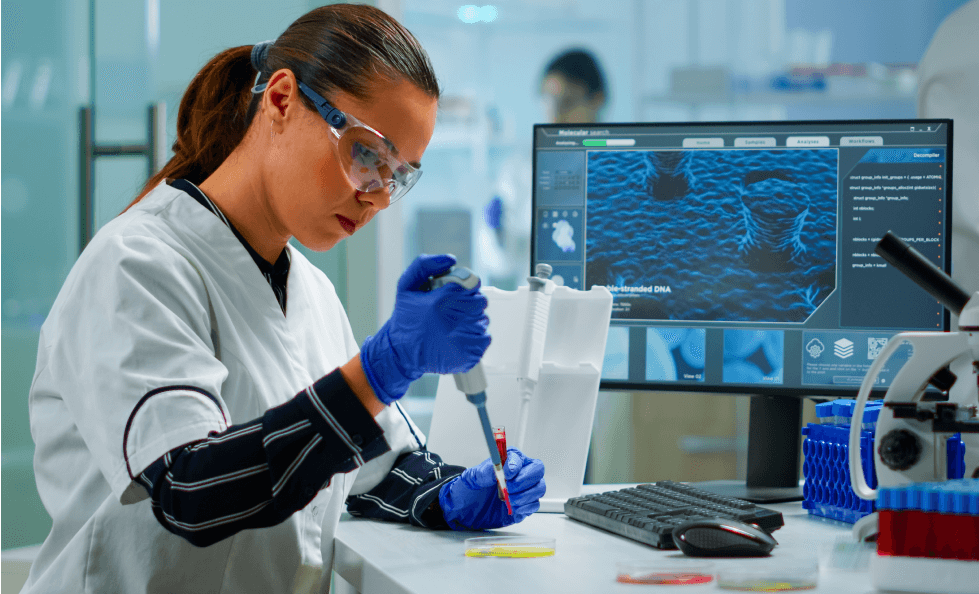
Explore More
In the cosmetics industry, safety
Evidently, with the expanding cosmetics
In the competitive world of
